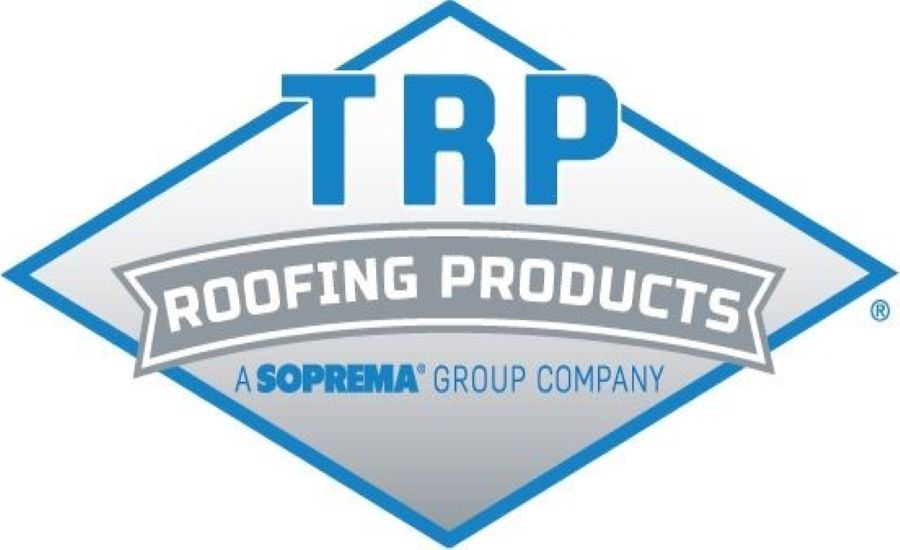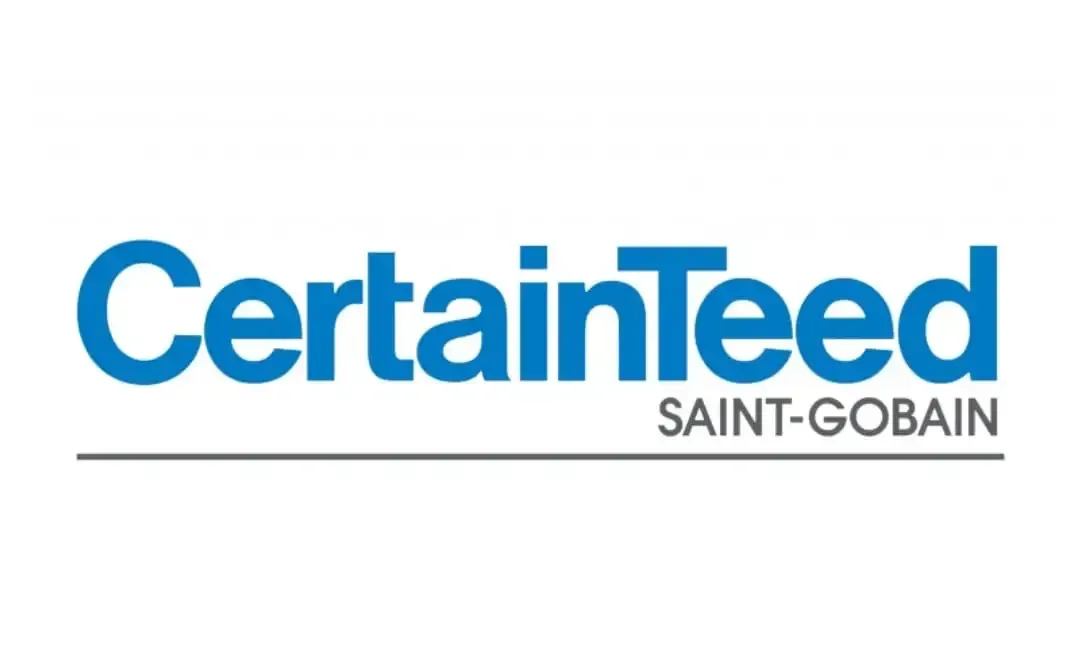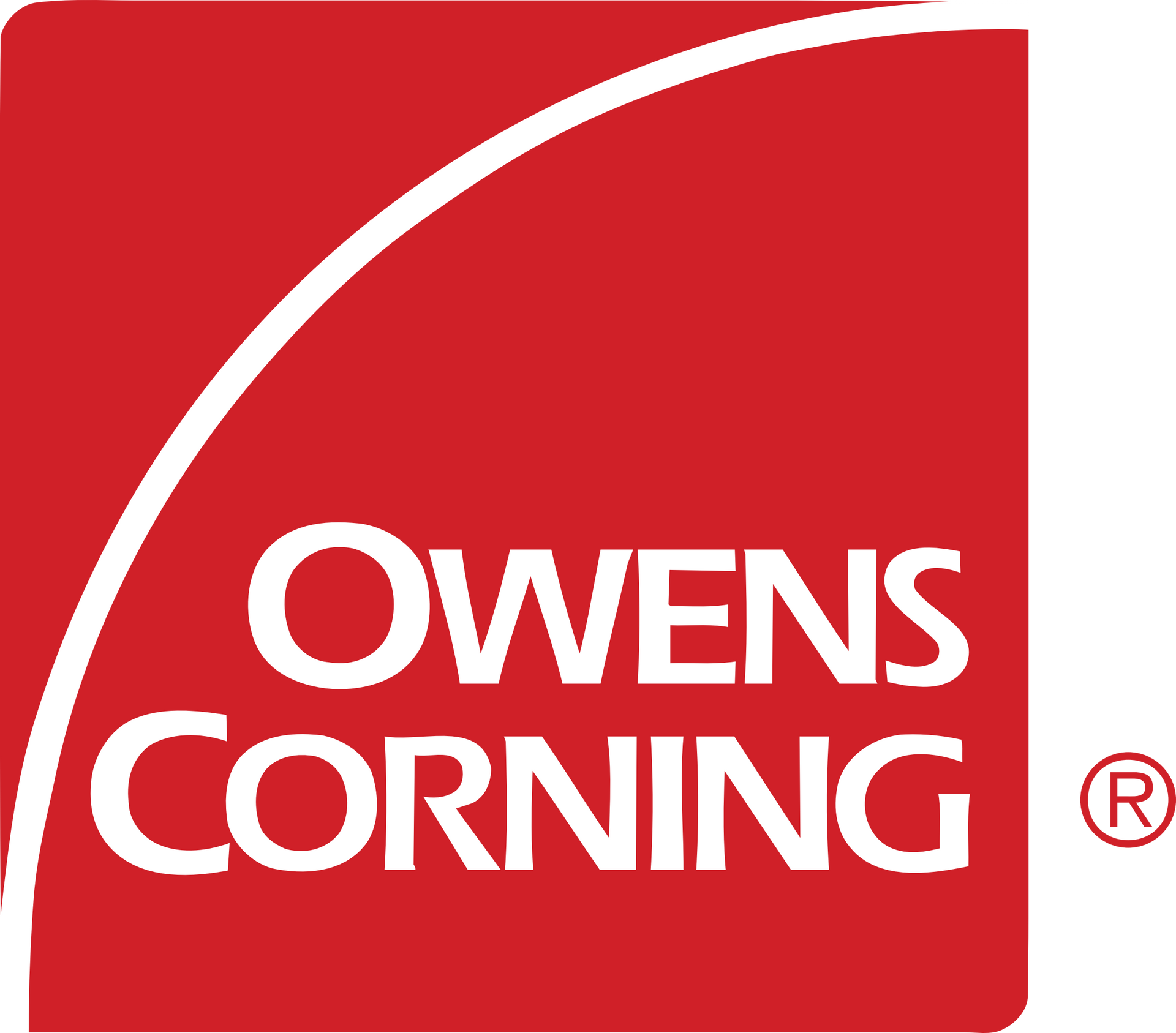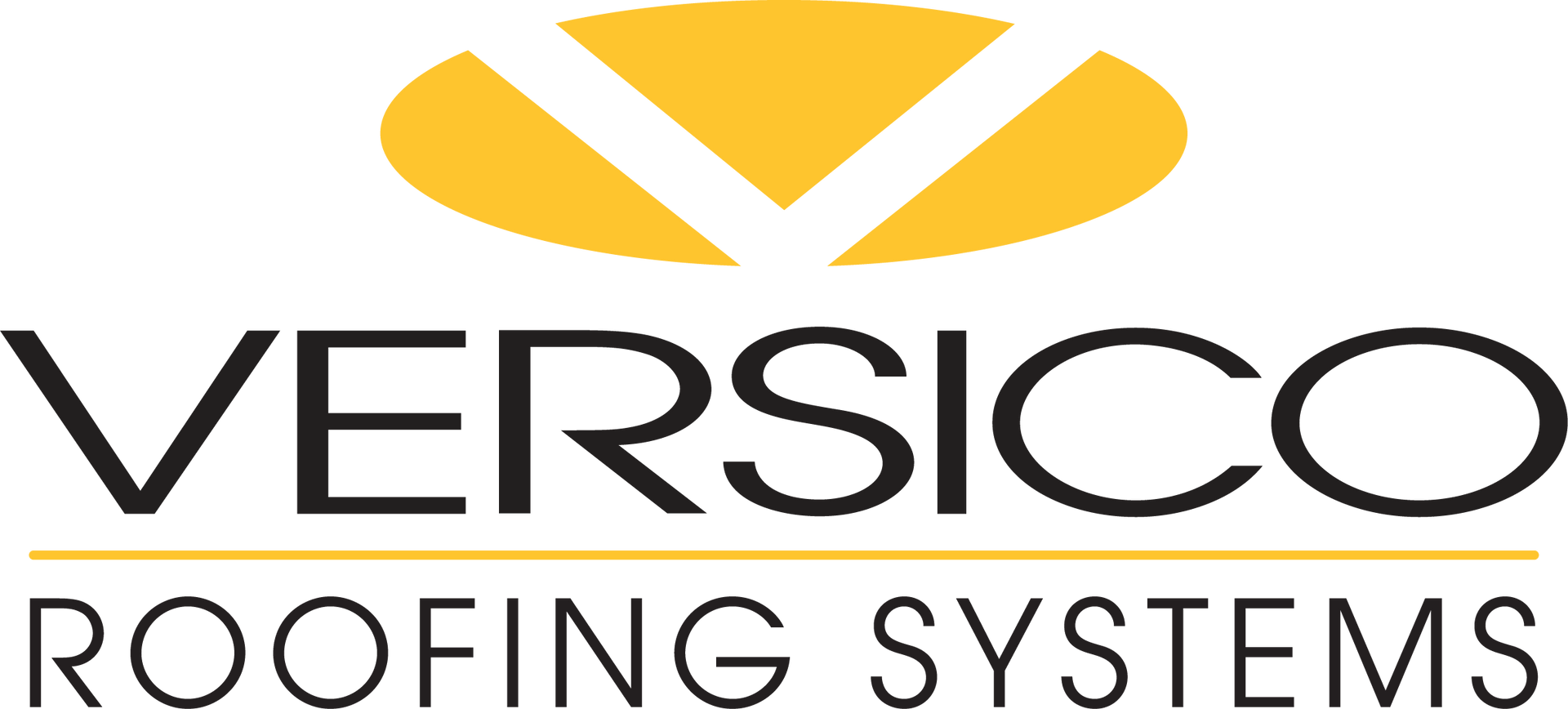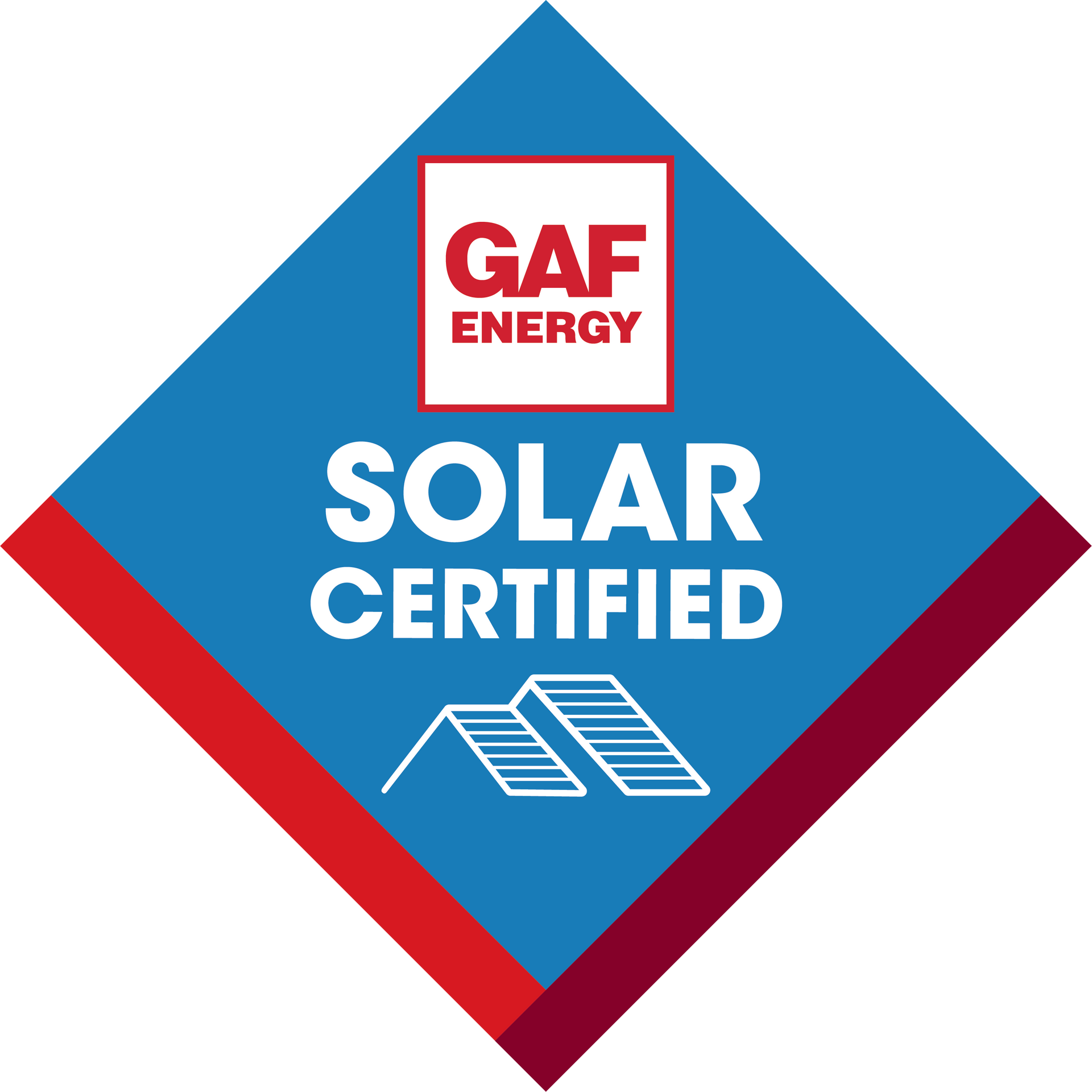8 Eco-Friendly roofing materials to Consider
As the world becomes more aware of the need to protect the environment, eco-friendly roofing materials are becoming more popular.
If you're considering a roofing project, here are eight eco-friendly roofing materials to consider.
8 Eco-Friendly Roof Options to Consider
1. Cool Roofs
Cool roofs are a great eco-friendly option because they reflect sunlight and heat away from the building, which helps keep the building cooler in the summer and warmer in the winter.
This can save on energy consumption, as well as help extend the life of the roof.
Cool roofs can also help to reduce the "urban heat island" effect, where cities are hotter than surrounding rural areas because of all the concrete and asphalt.
2. Wood Shingles
Wood shingles are a popular option for eco-friendly roofing because they are made from renewable resources and raw materials. They are also biodegradable, so they will not add to the landfill problem.
Wood shakes are also very energy efficient, as they help to keep your home cooler in the summer and warmer in the winter.
3. Metal Roofing
A metal roof is another good eco-friendly roofing option because it is durable, recyclable, and energy-efficient. It reflects heat, keeping your home cooler in the summer and warmer in the winter.
They can last for decades, and they can be recycled at the end of their life cycle.
4. Clay Tiles
Clay tiles are a good eco-friendly roofing option for a number of reasons.
First, they are made from natural materials and are 100% recyclable. Second, clay tiles are very durable and can last for decades with proper maintenance. Third, they are energy efficient and can help keep your home cooler in the summer and warmer in the winter. Fourth, clay tiles are fire-resistant and can help protect your home in the event of a wildfire.
Finally, these traditional roofing materials are low maintenance and require little to no chemicals or cleaners to keep them looking like new.
5. Slate Tiles
Slate tiles are a good eco-friendly roofing option because they are made of stone, which is a renewable natural resource. They are also durable and long-lasting, which means they will not have to be replaced as often as other roofing materials.
Slate roofs are also recyclable, so when they do eventually need to be replaced, they can be recycled instead of being sent to a landfill.
6. Solar Roofing
Solar roofs are a great eco-friendly roofing option for a number of reasons.
For one, it can help to reduce your energy costs by harnessing the power of the sun to generate electricity. Solar roofing can also help to reduce your carbon footprint and your home’s overall impact on the environment.
Additionally, solar shingles can add value to your home and make it more attractive to potential buyers.
7. Living Roofs
Living roofs are a great eco-friendly roofing option for a number of reasons.
They help to insulate the building, reducing energy costs, and they also help to reduce stormwater runoff and filter air pollutants.
In addition, living roofs can improve the aesthetics of a building and create a more pleasant environment for occupants.
8. Synthetic Shake Shingles
Synthetic shake shingles are a good eco-friendly roofing option because they are made from recycled materials, they are durable and last a long time, and they are energy efficient.
They are made from recycled plastic, rubber, and wood fiber, so they are a sustainable and environmentally friendly option for roofing. They are also durable and last up to 50 years, so you won’t have to replace your roof as often.
Finally, synthetic shingles are energy efficient, reflecting heat and keeping your home cooler in the summer and warmer in the winter.
If you're in the market for an eco-friendly roof, our team of Roofers can help you find the perfect material for your needs.
What Makes a Roof Eco-Friendly?
Energy-Efficient
When it comes to making a roof eco-friendly, energy efficiency is key.
An energy-efficient roof can help reduce your carbon footprint and save you money on your energy bills. In addition, they can help improve the indoor air quality of your home and make it more comfortable to live in.
Some energy-efficient roof types even reflect heat away from your home, which can keep your home cooler in the summer months and help you save on your air conditioning costs.
Durability
A roof is a key component of any home or commercial building, so it’s important to choose one that is both durable and eco-friendly.
There is a wide variety of reasons why durability makes a roof eco-friendly, but the most important one is that it helps to reduce waste.
A durable roof will last for many years, which means that it won’t need to be replaced as often as a less durable one. This means that less waste will end up in landfills and that fewer trees will need to be cut down for the roofing industry.
In addition to reducing waste, a durable roof can also help to save energy. A well-insulated and durable roof will keep heat in during the winter and cool in during the summer, which can help to reduce your energy bills. In fact, you may even be eligible for a tax credit if you install a durable and energy-efficient roof on your home.
Finally, a durable roof can add value to your home. If you ever decide to sell it, potential buyers will be impressed by a roof that is built to last. This can help you to get a higher price, and it may even help it to sell faster.
When you install a durable and eco-friendly roof on your home or commercial building, you are making an investment in the future.
Embodied Energy
Embodied energy is the energy used to produce a material. It includes the energy used to mine, manufacture, and transport the material.
When we compare embodied energy values, we can see which roofing materials have a bigger “ecological footprint.”
Metal roofs have one of the lowest embodied energies of any roofing material. That’s because metal is made mostly from recycled aluminum cans.
Asphalt shingles have a slightly higher embodied energy because they’re made from petroleum products.
The embodied energy of a roof doesn’t just tell us if is a green roof. It also tells us how long the roof will last.
A metal roof will last much longer than an asphalt shingle roof. So, over its lifetime, metal roofing will use less energy than asphalt shingle one.
There are other factors to consider when choosing a roofing material. But, if you’re looking for an eco-friendly option, a standing-seam metal roof is the way to go.
Recycling and Reusability
Recycling and reusing materials are one of the best ways to make a roof eco-friendly. This is because it reduces the amount of waste that goes into landfills, and it also reduces the need for new resources.
For example, recycled shingles can save up to 60% of the energy and materials required to produce new ones. Asphalt shingles are one of the most common types of roofing materials, so this can have a significant impact.
In addition, recycling metal roofing can save up to 85% of the energy and materials required to produce new metal roofing. Which can also lead to a great impact.
Finally, recycling and reusing roofing tiles can save up to 50% of the energy and materials required to produce new roofing tiles. Roofing tiles are not as common as asphalt shingles or metal roofing, but they are still used in many roofs.
Overall, recycling and reusing roofing materials is a great way to make a roof eco-friendly. It reduces waste, saves energy, and reduces the need for new resources.
Contribute to a Healthy Ecosystem
There are many reasons why contributing to a healthy ecosystem makes a roof eco-friendly.
For one, it helps to improve air quality and reduce greenhouse gas emissions. Additionally, it can help to conserve energy and water and reduce waste.
By contributing to a healthy ecosystem, you are also helping to protect biodiversity and ecosystems.
What color roof is best for the environment
In a world where "going green" is more important than ever, it's no surprise that people are wondering what color roof is best for the environment.
The answer may surprise you – there's no one-size-fits-all answer, and the best color for your roof depends on a variety of factors, including the climate you live in and the type of roof you have.
If you live in a warmer climate, a light-colored roof is a good choice, like a white roof for example. Lighter colors reflect sunlight, which can help keep your home cooler in the summer.
This can save you money on air conditioning costs, and it's better for the environment since it reduces the energy used to cool your home.
If you live in a cold climate, a dark-colored roof is a better choice. Dark colors absorb sunlight, which can help keep your home warmer in the winter. This can save you money on heating costs, and it's better for the environment since it reduces the electricity costs used to heat your home.
There are also "cool roofs" available that are specially designed to reflect sunlight and keep your home cooler in the summer. These are usually white or light-colored, but they can be more expensive than traditional roofs.
No matter what color roof you choose, it's important to make sure it's made of eco-friendly materials. Look for roofs that are certified by the Forest Stewardship Council.
And be sure to properly maintain your roof to get the most out of it – this will help it last longer and perform better, no matter what color it is.
Choosing the Best Eco-Friendly Roofing Material
When it comes to choosing eco-friendly roofing materials, there are many factors to consider. The most important factor is the impact the material will have on the environment.
There are many roofing materials on the market that claim to be eco-friendly, but not all of them are created equal.
Here are a few things to look for when choosing the best eco-friendly roofing material:
1. Recycled Content: One of the best ways to make sure your roofing material is eco-friendly is to choose one with highly recycled content.
Many roofing materials are made from petroleum products, but there are an increasing number of options made from recycled metal, rubber, and plastic.
2. Renewable Resources: Another way to ensure your roofing material is eco-friendly is to choose one made from renewable resources. Some examples of renewable resources include bamboo, cork, and even solar power.
3. Local Availability: It’s also important to consider the availability of the roofing material you’re interested in. If it’s not readily available in your area, it might not be the most eco-friendly option.
4. Installation: The installation process of your roofing material is also essential to keep in mind. Some materials are easier to install than others, which can have an impact on the overall eco-friendliness of the material.
5. Maintenance: The maintenance requirements of your roofing material are also important to consider. Some materials require more maintenance than others, which can impact the environment.
6. Cost: Of course, the cost is always a factor to consider when choosing any type of roofing material. However, it’s important to keep in mind that the initial cost of the roofing material is not always the most important factor.
The long-term cost of the roofing material, including maintenance and replacement costs, is often more important.
7. Warranty: The warranty offered on the roofing material is key. A longer warranty usually indicates a higher quality product, which is important when choosing an eco-friendly roofing material.
8. Appearance: The appearance of the roofing material is also important to some homeowners. Some people want their roofing material to blend in with the rest of their homes, while others want it to stand out.
9. Environmentally Friendly Manufacturing Process: It’s also important to consider how the roofing material is manufactured.
Many eco-friendly roofing materials are made using environmentally friendly manufacturing processes, which can have a positive impact on the environment.
If you have any questions or need help choosing a roofing material, make sure to
contact our team of professionals for an organic or synthetic roof.











